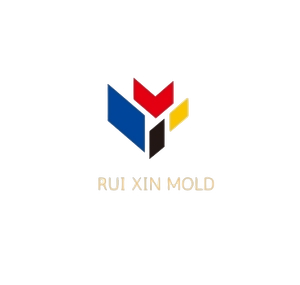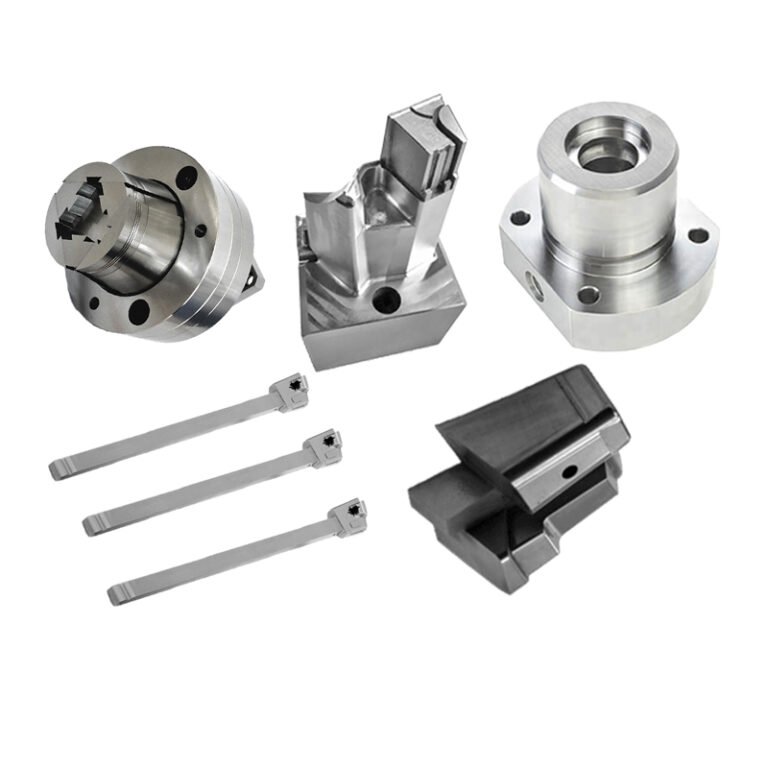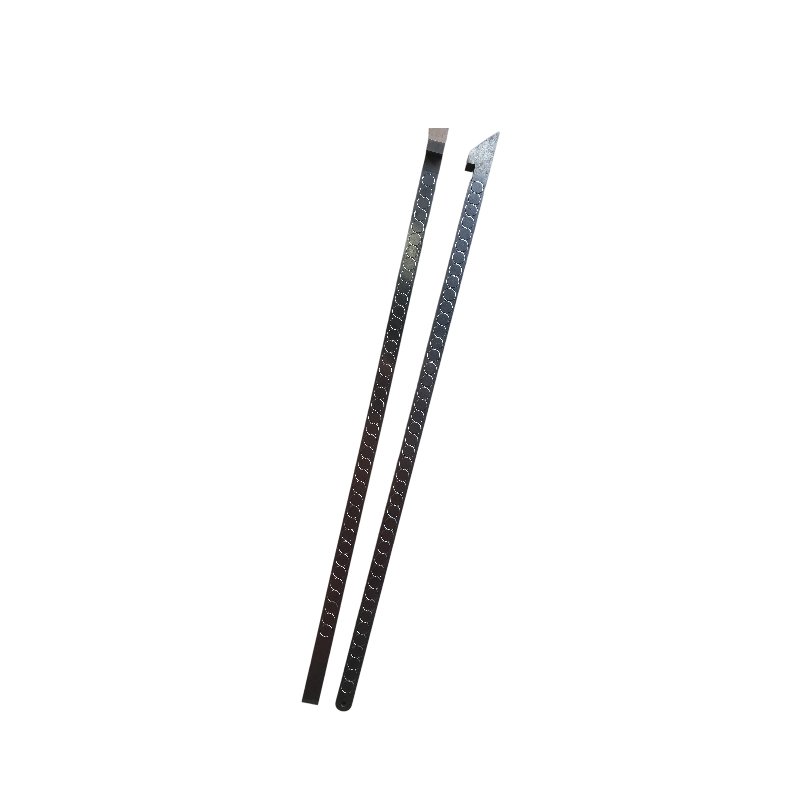Catalog
Tags
Understanding the Wire EDM Process: How It Works and When to Use It?

TL;DR: Wire Electrical Discharge Machining (EDM) is a precision cutting process that uses electrically charged thin wire and dielectric fluid to cut conductive materials with extreme accuracy. Ideal for complex shapes in hardened metals where traditional machining would fail.
How Wire EDM Works: The Science Behind the Spark
Wire EDM operates on the principle of controlled electrical erosion. Here’s the step-by-step process:
- A thin brass or copper wire (0.02-0.33mm diameter) is continuously fed from a spool
- The wire acts as an electrode, charged with pulsed DC current
- The workpiece is submerged in dielectric fluid (usually deionized water)
- When the wire nears the workpiece (0.01-0.05mm gap), sparks jump across the gap
- These sparks (up to 12,000°C) vaporize microscopic material particles
- The dielectric fluid flushes away debris and cools the area
- The wire never touches the workpiece, eliminating mechanical stress
Wire EDM Types, Materials, and Capabilities
| Wire EDM Type | Best For | Tolerance |
| Standard Cut | General machining | ±0.005mm |
| Precision Cut | Micro-machining | ±0.002mm |
| Multiple Cut | Fine finishes | ±0.001mm |
- Common Materials: Tool steel, titanium, Inconel, carbide, aluminum, copper alloys
- Wire Types: Brass (standard), coated (high-speed), molybdenum (fine detail)
- Max Thickness: Typically 300mm, some machines cut up to 600mm
When to Choose Wire EDM: Key Advantages
- Hard Materials: Cuts hardened steel (HRC 60+) without annealing
- Complex Geometry: Produces intricate shapes with sharp corners
- No Tool Pressure: Ideal for fragile or thin-walled parts
- Fine Details: Achieves slots as narrow as 0.1mm
- Repeatability: Maintains ±0.002mm accuracy across production runs
Wire EDM in Action: Industry Applications
Aerospace: Boeing uses wire EDM for turbine blade slots in Inconel 718, achieving stress-free cuts in heat-treated components.
Medical: Stryker manufactures bone saw guides with 0.05mm tolerances for orthopedic surgeries.
Automotive: Tesla’s motor components feature wire EDM-cut silicon steel laminations for improved efficiency.
Wire EDM FAQ: Quick Answers
- Q: How fine can wire EDM cut?
A: Modern machines achieve surface finishes to Ra 0.1μm. - Q: What’s the cutting speed?
A: Ranges from 15-150mm²/min depending on material thickness. - Q: Can it cut non-conductive materials?
A: No – the workpiece must conduct electricity. - Q: How much does wire EDM cost?
A: $50-$150/hour typically, with setup fees of $100-$300.
Is Wire EDM Right for Your Project?
For precision components in hardened materials, wire EDM often proves more cost-effective than grinding or milling. Contact our engineers for a free feasibility analysis on your specific application.
The Final Spark
Wire EDM’s unique capabilities fill critical gaps in manufacturing, enabling designs impossible with conventional methods. As tolerances tighten across industries, this spark-based technology continues gaining importance in precision manufacturing.
👉 Contact us today to discuss your automotive interior lighting component needs!
Need Precision CNC Machining for Your Mold Components?
We specialize in custom CNC machining of mold inserts, slide cores, ejector plates, mold bases, and lifters
all made to your exact drawings and specifications.
👉 Let’s Build Your Next Project Together!
Tell us your needs and upload your drawings — we’ll get back within 24 hours.




